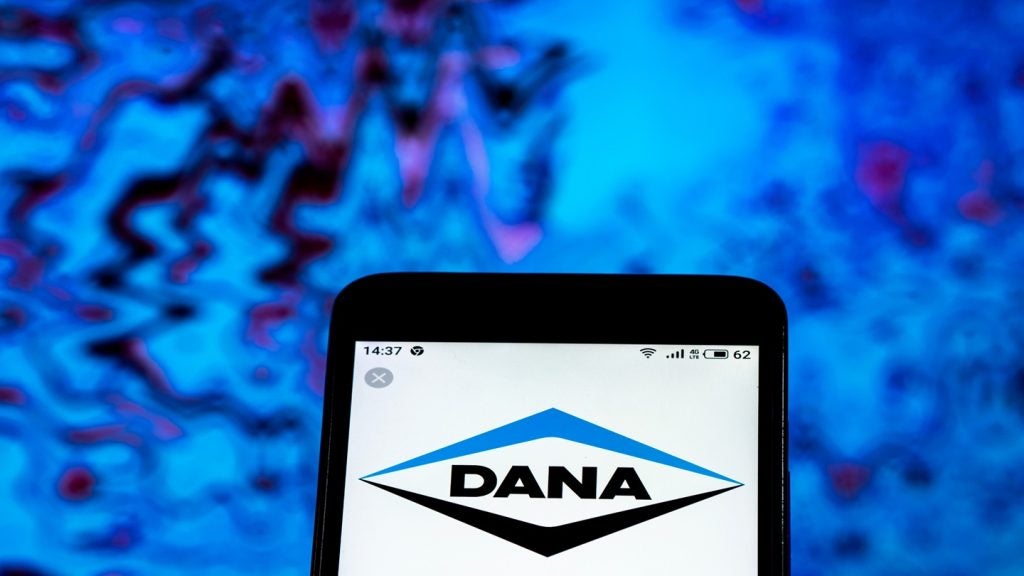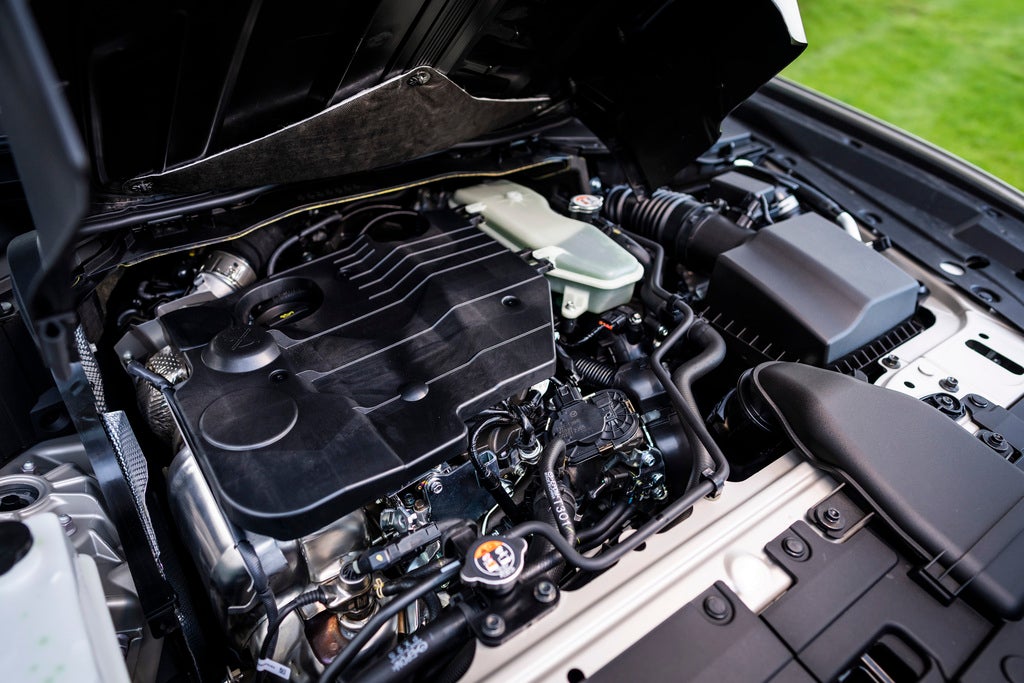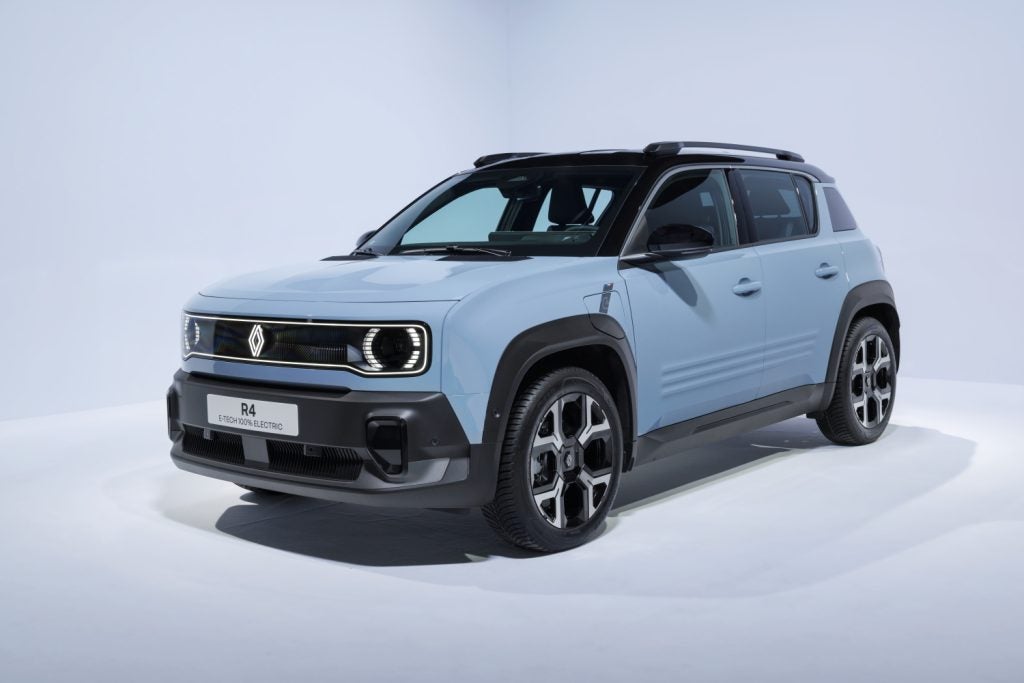 A number of key suppliers are showing signs of financial strain. Reduced volumes, keener prices, growing R&D burdens and raw material price increases are some of the factors creating these pressures, pushing profit margins down and squeezing free cash flow. This has triggered significant internal reorganisation at a number of suppliers as well as some more dramatic restructuring at others. The aim of the companies is to drive short-term improvements in cost structures and establish firmer strategic positions for the longer term.
A number of key suppliers are showing signs of financial strain. Reduced volumes, keener prices, growing R&D burdens and raw material price increases are some of the factors creating these pressures, pushing profit margins down and squeezing free cash flow. This has triggered significant internal reorganisation at a number of suppliers as well as some more dramatic restructuring at others. The aim of the companies is to drive short-term improvements in cost structures and establish firmer strategic positions for the longer term.
Table 1 shows that Europe’s top two automotive suppliers, Bosch and Michelin, both struggled to lift automotive sales in 2001 and both saw operating earnings slip. Sales and earnings were affected by some significant structural developments.
Table 1.
Sales and earnings results of key European suppliers
=====================================================================
Sales Operating Earnings
2001 2000 %change 2001 2000 %change
=======================================================================
Bosch (Euros m)a 23,200 22,500 3.1 1,411 1,414 -0.2
Michelin (Euros m) 15,775 15,396 2.5 1,040 1,162 -10.5
Continental (Euros m)b 11,233 10,115 11.1 33 533 -93.8
Valeo (Euros m) 10,234 9,120 12.2 388 573 -32.3
ThyssenKrupp
(Euros m)c 6,212 6,108 1.7 143 286 -50.0
Autoliv ($m) 3,991 4,116 -3.0 174 339 -48.7
Faurecia (Euros m) 9,611 5,840 64.6 260 182 42.9
Magneti Marelli
(Euros m) 4,073 4,451 -8.5 -74 55 nm
GKN (£m)d 2,844 2,683 6.0 187 308 -39.3
ZF Friedrichshafen
(Euros m)e 6,761 6,113 10.6 188 316 -40.5
SiemensVDO Automotive
(Euros m)f 5,702 3,833 48.8 -261 89 nm
=======================================================================
Source : AutoBusiness
a Automotive Technology sales only. Earnings are group pre-tax.
b Earnings before interest, taxes and amortisation (EBITA).
c Automotive sales and pre-tax profits only. Year ended 30 September.
d Automotive sales and operating profit only.
e Excludes contribution from Sachs in 2001.
f EBITA earnings. Year ended 30 September.
Bosch’s sales increase was flattered by Euros600m by the first time consolidation of its Japanese braking business in 2001. Without this, sales would have stagnated despite the continued strong growth in sales of high-pressure diesel injection systems and ESP units. Separate earnings numbers for the automotive business are not given by Bosch, but
“…it is certain margins were pressured by rising R&D costs and the tighter pricing environment in the OE sector.” |
Michelin’s reduced sales volumes were more than offset by a favourable product mix and price trends but operating profitability was undermined by a steep drop in earnings in the truck tyre sector. The result of substantial falls in the North American and European heavy truck markets. This more than offset a strong rise in car tyre profits.
Continental reported an 11.1% advance in group turnover. But Temic joined Continental Automotive Systems for the first time and the “real” sales increase, excluding consolidation changes was only 5.6%. Profits collapsed, undermined by a Euros 468m charge for restructuring measures in the tyre divisions.
How well do you really know your competitors?
Access the most comprehensive Company Profiles on the market, powered by GlobalData. Save hours of research. Gain competitive edge.

Thank you!
Your download email will arrive shortly
Not ready to buy yet? Download a free sample
We are confident about the unique quality of our Company Profiles. However, we want you to make the most beneficial decision for your business, so we offer a free sample that you can download by submitting the below form
By GlobalDataValeo was in a similar position—headline sales growth was 12.2% but without new consolidations and favourable exchange rate changes, sales would actually have been 1.8% lower. Earnings were undermined by restructuring efforts as well as weaker volumes and pricing pressures.
Faurecia’s sales and earnings rose dramatically but these were heavily distorted by the acquisition of Sommer Allibert, and analysts remain concerned about the company’s continuing heavily reliance on Europe and its poor actual operating margin—just 1.8% in the second half of 2001.
SiemensVDO benefited from the first time consolidation of the former Mannesmann VDO business (2001 sales for the former Siemens Automotive would have been Euros4,016m, up 4.8%, without the VDO contribution) but an operating loss was experienced. Although Euros90m of this loss was due to one-off asset write-downs, the remainder was “due to pricing pressures and continued significant development costs for innovative new technologies including advanced diesel injection systems as well as communications and multimedia systems”.
GKN’s automotive sales rose 6.0% in 2001, driven by 10% growth in driveline products, but operating earnings collapsed 39.3%, pulling the margin down to 4.9% in 2H01 from 11.1% twelve months before. The company reported suffering from a difficult North American production environment, increased by its exposure to the Big 3 manufacturers, but the key main driver for the decline was quality and delivery problems in the Sinter Metals activities, which account for around 21% of GKN’s automotive business.
Similar trends were clear at many of Europe’s smaller suppliers, where earnings weakened at the majority of companies. For example, BERU lifted sales by a reported 9.4% (7% excluding consolidation changes) with diesel cold-start system sales up 5.3% and 42% growth in the electronics and sensors area, but EBIT slipped due to costs associated with acquisitions. Despite these trends, some of the smaller suppliers appear to be more sheltered from the pressures squeezing the major vendors. Using BERU as an example again, the company has a strong dependence on the aftermarket with margins in excess of 20%, a position which helped the company’s overall 2001/02 margin reach 16.5%. Without the exceptional costs noted above, EBIT would have been Euros54m, a margin of 17.8%.
Table 2.
Sales and earnings results of smaller European suppliers, 2000 & 2001
======================================================================
Sales Earnings
2001 2000 %change 2001 2000 %change
======================================================================
BERU (Euros m)a 303 277 9.4 50 53 -5.7
Mayflower (£m)b 290 358 -19.0 18 40 -55.0
Tomkins (£m)c 1,968 1,918 2.6 180 187 -3.7
Brembo (Euros m) 531 458 15.9 44 52 -15.4
Rieter (SFr m)d 1,900 1,825 4.1 102 107 -4.7
Kolbenschmidt Pierburg
(Euros m) 1,826 1,776 2.8 86 50 72.0
ElringKlinger
(Euros m)e 367 312 17.6 35 25 40.0
======================================================================
Source : AutoBusiness
a Years ended 30 April 2001 and 2002.
b Vehicle Systems sales and earnings only.
c Industrial and Automotive Eng sales and earnings only.
d Automotive sales and earnings only.
e Pre-tax earnings.
First Quarter 2002
Operating results for the first quarter of 2002 generally met expectations, assisted by resilient US light vehicle demand and benefits from recent restructurings, but hampered by production declines in Europe.
“Valeo saw its first quarter sales decline 5.4%” |
Autoliv’s organic sales fell 1% in the first quarter because of a vehicle output decline in Europe but the operating margin of 7% was somewhat higher than consensus forecasts, helped by the fruits of last year’s restructuring programme.
Bosch has reported that its group first quarter sales were lower than for the same period last year despite a 3% rise in North American turnover.
Continental, its fellow German supplier, however surpassed expectations, lifting consolidated sales 6.1% to Euros2,734m (but –1.7% on a like-for-like basis) and EBITA 16.5% to Euros148m (margin of 5.4%). The Passenger Tire and Commercial Vehicle Tire divisions both saw sales declines (2.2% and 1.9% respectively) but margins improved significantly, driven by the prior year’s restructuring efforts.
Among the smaller suppliers, Brembo lifted first quarter 2002 sales 5.8%, with a 53.4% rise in commercial vehicle business. Brembo’s operating margin was 9.4%. Analysts expect an acceleration in both sales growth and operating profit through the remainder of 2002 as new projects (Mercedes-Benz E-Class and Porsche Cayenne) come on stream.
Kolbenschmidt Pierburg advanced sales on a like-for-like basis 2.5% to Euros 483m, with almost all growth coming from Germany and the US, but EBIT slipped 21.4%, bringing the margin down from around 5.5% in 2001 to 4.2% in the latest quarter. This fall was put down to product mix changes, customer project postponements and new product start-ups.
A similar trend was seen at ElringKlinger, where first quarter 2002 sales were up 11% (sales in Germany down 3.6% but NAFTA sales up 50.4%) but EBIT stagnated at Euros11.8m, pulling the margin down to 11.8% (still a very high return for the sector). The supplier cited declining earnings from its plastics business, high start-up costs for a new plant in Canada and extraordinary charges related to production start-ups at German facilities.
The supplier industry’s stresses follow a period of relative profitability. In the 1994-2000 period, the operating performance of the European supplier sector was strong, underpinned by rising vehicle production in Europe and North America and a profitable aftermarket.
Table 3. Average autoparts EBIT margin comparison, 1997-2003E
==================================================================
% 1997 1998 1999 2000 2001 2002E 2003E
==================================================================
Europe autoparts 8.3 8.3 8.1 7.3 4.7 5.0 5.5
Europe automakers 3.2 4.4 4.0 3.2 2.5 3.0 4.2
Europe tyremakers 7.2 7.0 6.2 5.9 4.8 4.9 5.8
US autoparts 0.9 5.5 6.1 5.9 2.8 3.6 4.9
==================================================================
Source: CSFB.
According to a recent analysis by CSFB, the investment bank, a selection of leading European suppliers (excluding tyre vendors) enjoyed EBIT (earnings before interest and taxes) margins above those of OEM customers, averaging 8% through 1997-2000 compared with 3.7% in the European automaker sector and 4.6% in the US autoparts sector.
In 2001, CSFB believes the weighted average for these European suppliers fell to 4.7% from the previous seven years’ 8% average. With only modest recovery forecast for 2002 and 2003, the obvious implication is that a structural downward shift in financial returns has been suffered.
In summary, a complex picture emerges of most suppliers feeling some financial pressures at the operating level, but substantial
|







